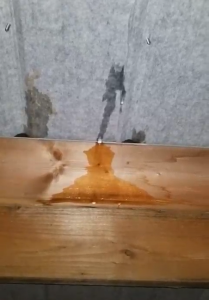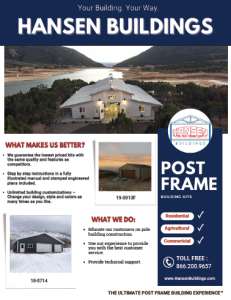I know of some who have taken some drastic measures to avoid having their property classified as wetlands. This includes those who have done things such as soaking up mud puddles, after a heavy rainstorm, with towels so as to not have an inspection adversely affect how their property was used. If you have not read Part I of this three part series on wetlands, it might be good to flip over to yesterday’s blog for a good understanding of the importance of wetlands.
The Society of Wetland Scientists (yes, there is a society or association for nearly everyone) supports wetland mitigation banking to improve mitigation success and contribute to the goal of no net loss of wetlands. Banked wetlands are systems which have been restored or created for compensatory mitigation in advance of those unavoidable impacts to wetlands permitted by regulatory authorities. The banked wetlands should be managed, protected in perpetuity, functionally similar to the altered systems and within defined geographical areas.
 Wetland protection regulations were adopted in the U.S. starting some thirty years ago when individual states and the federal government became convinced wetlands have functions important to the environment and society. The regulations permitted wetland alteration, if the changes were unavoidable, and required compensation or mitigation.
Wetland protection regulations were adopted in the U.S. starting some thirty years ago when individual states and the federal government became convinced wetlands have functions important to the environment and society. The regulations permitted wetland alteration, if the changes were unavoidable, and required compensation or mitigation.
Successful wetland mitigation requires agreement among the regulatory authorities and the proponents on size, type, timeline, required and desired functions, management, funding and oversight. Good science, design, construction and maintenance must support all this. Because some mitigation wetlands have not developed required functions – as described by vegetation, soil characteristics, invertebrate communities, hydrology – in the area or time expected, wetland mitigation banking is evolving as an institutional mechanism to improve the likelihood of successful development.
Wetland mitigation banks have defined legal rights and obligations. Banked wetlands produce mitigation “credits” which may be purchased to compensate for destruction or alteration of a natural wetland, providing there is a match with type, size and location of the wetlands.
Wetland mitigation banks are established under either or both state and federal guidelines.If all of this sounds very similar to buying “carbon credits”…..just my humble opinion which I believe somewhere someone is making money off of this.
Wetland mitigation banking allows already restored or created wetlands to be used for compensatory mitigation. The functions of these already restored wetlands may be evaluated objectively and compared directly to the wetland to be altered. This eliminates the risk the compensatory wetland will not be comparable to the altered wetland. Advanced mitigation allows wetland functions to be established in the watershed before they are lost; there is no net loss of wetland function in time or in space. In addition, it is easier to monitor wetlands and enforce mitigation goals in larger bank sites as compared to numerous individual mitigation wetlands.
Wetland banks are currently administered by the U.S. Army Corps of Engineers, state agencies, especially transportation departments, and private organizations. The ability of a bank to come to fruition and develop successfully is driven by the available market. The same laws of supply and demand which apply to any good or service also drives banks. Wetland mitigation banking produces a market value for wetlands which should encourage business, industry, government and individual property owners to consider restoring, enhancing or preserving wetlands.
While this plan of action may feel like an onerous pressure from governmental agencies and their minions, should you own wetland property and wish to develop and improve it, wetland mitigation banking may prove to be the solution for you.
If this sounds like “mission impossible”, should you already have purchased your land, there is a “hired gun” who may be able to help you. Stay tuned tomorrow for Part III on Wetlands.









